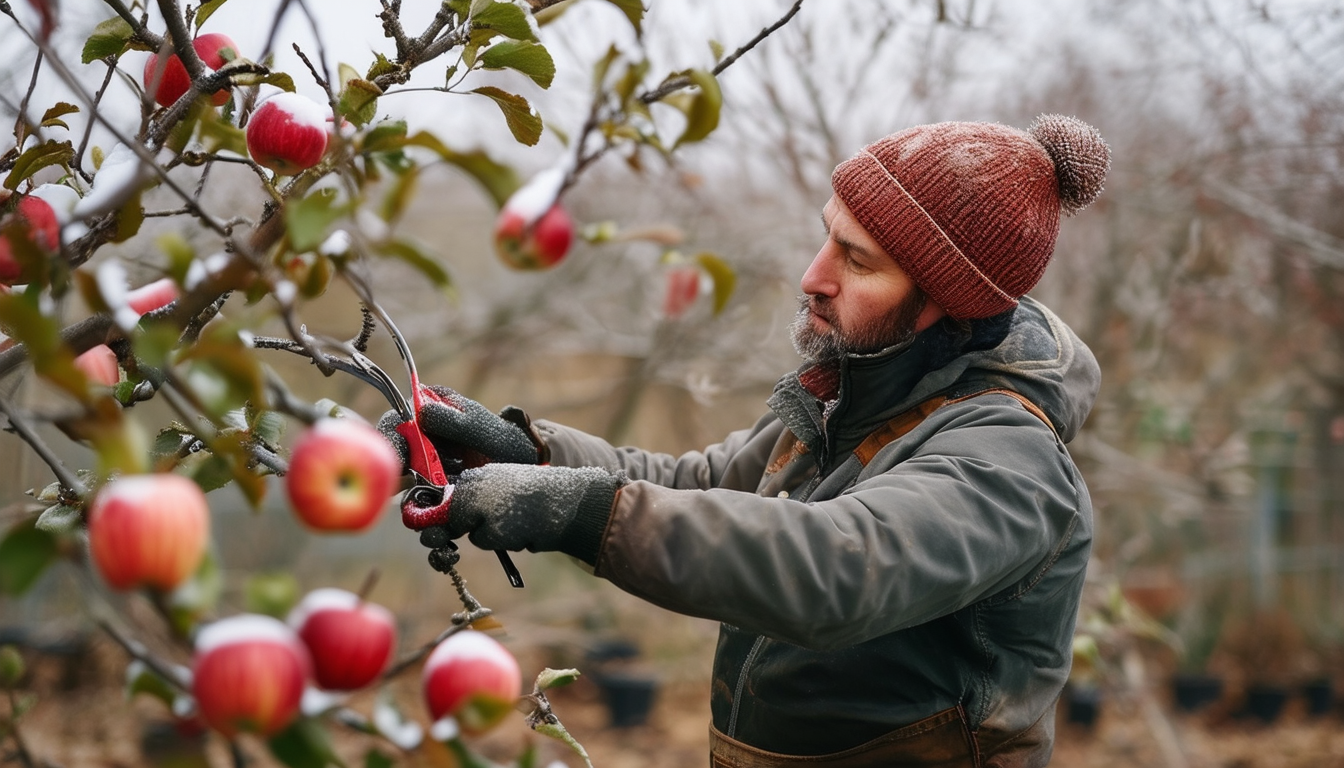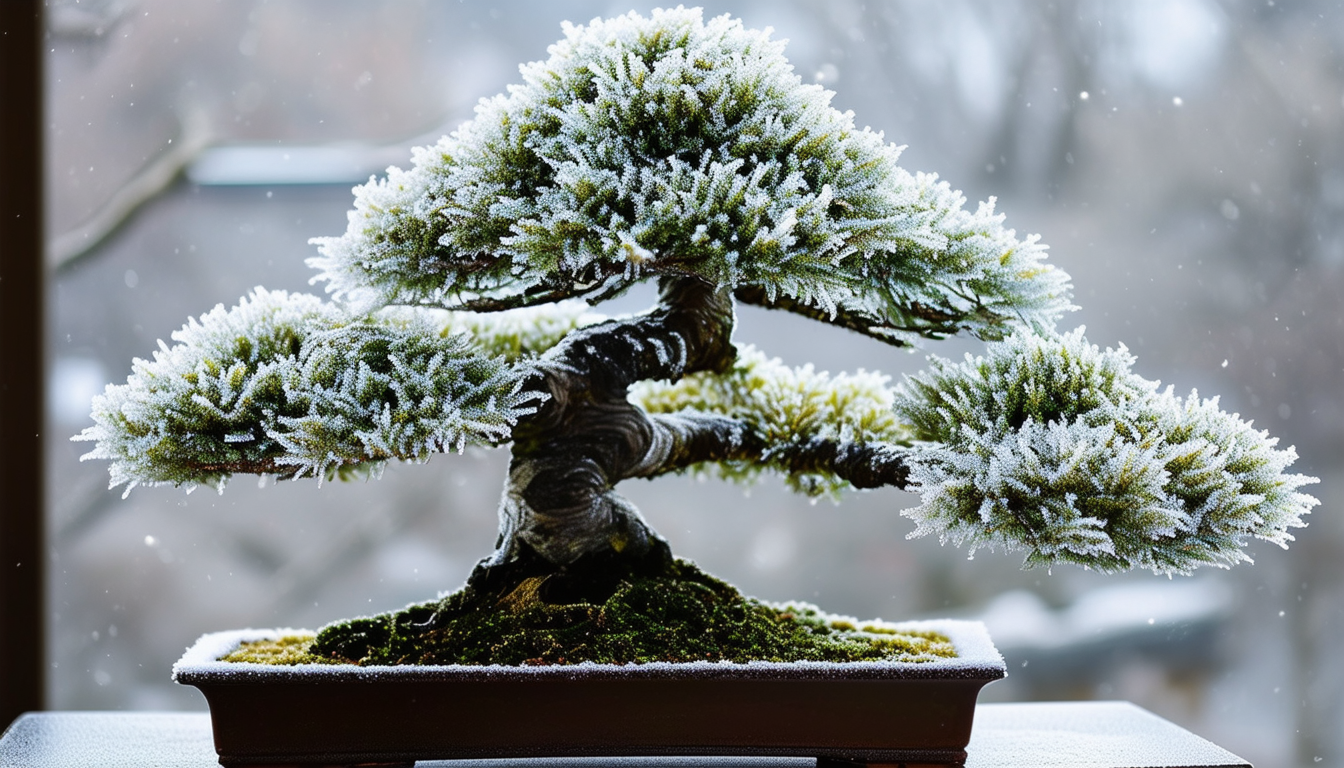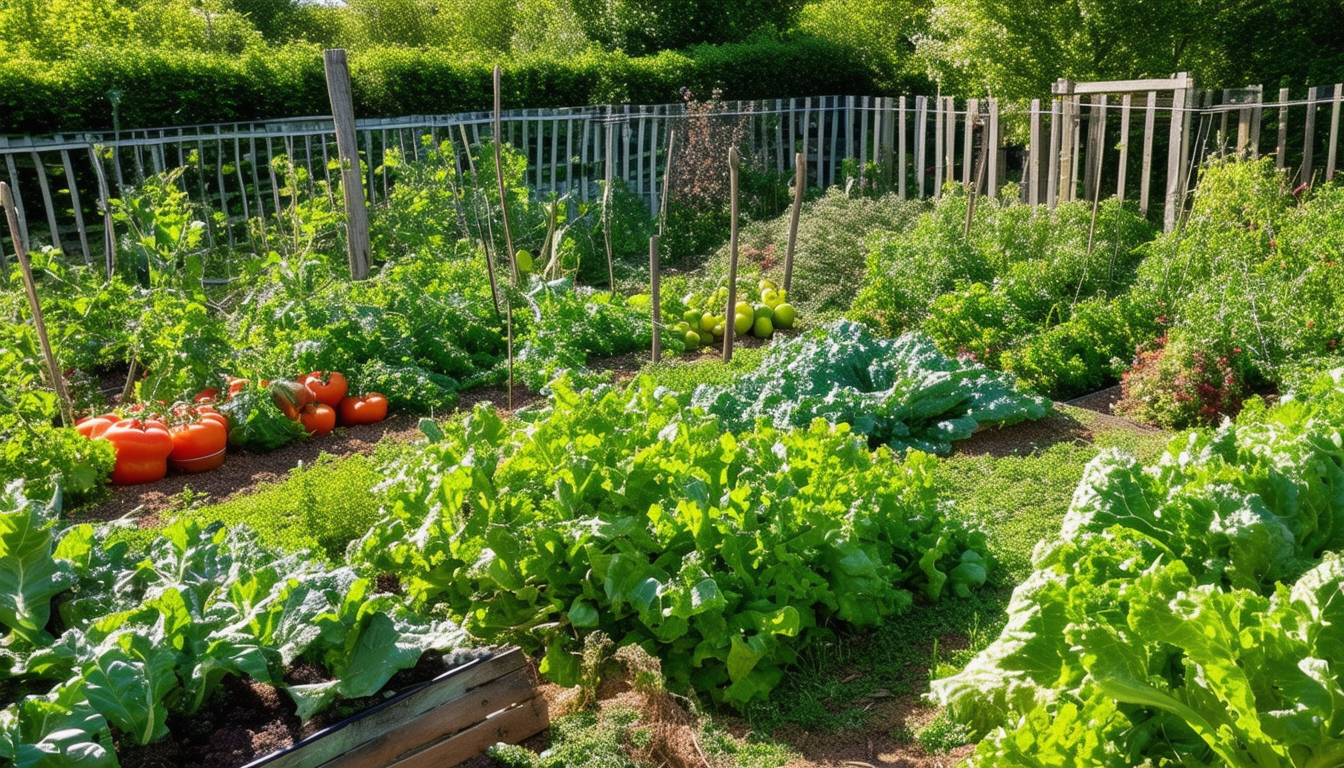
Unlock the secrets to a bountiful apple harvest by mastering the art of winter pruning.
Understanding the Benefits of Winter Pruning
Winter pruning plays a crucial role in maintaining the health and productivity of your apple and pear trees. By pruning during the dormant season, you encourage vigorous growth in the spring, improve air circulation, and reduce the risk of disease.
Additionally, winter pruning allows you to shape your trees more efficiently, ensuring that they develop a strong structure capable of supporting a heavy fruit load.
Best times to Winter prune
The ideal time to winter prune your apple and pear trees is during the late winter months, typically between January and March, when the trees are fully dormant. This period minimizes the risk of frost damage to the newly cut branches.
Avoid pruning during severe cold snaps or right after a heavy frost, as this can cause damage to the tree. Instead, aim for a mild day when temperatures are above freezing.
Essential Tools for Pruning Apple Trees
Before you begin pruning, ensure you have the right tools on hand. The most critical tools include a pair of sharp secateurs, loppers, and a pruning saw. Make sure your secateurs are oiled and sharp to make clean cuts, which promote faster healing and reduce the risk of disease.
Additionally, wearing gloves and safety glasses can protect you from sharp branches and any debris that might fly up during the pruning process.
Detailed Step-by-Step Guide to Pruning Your Apple Trees
Start by removing any dead, diseased, or damaged branches. This helps prevent the spread of disease and allows the tree to focus its energy on healthy growth.
Next, remove any branches that are crossing or rubbing against each other. These can cause wounds that make the tree susceptible to infections.
Then, thin out the canopy to improve air circulation and light penetration. Aim to create an open, vase-like shape that allows sunlight to reach all parts of the tree.
Finally, shorten the remaining branches to encourage new growth. Make your cuts just above a bud that faces outward, which will help direct new growth away from the center of the tree.
Common Mistakes to Avoid When Pruning
One common mistake is over-pruning, which can stress the tree and lead to excessive growth of water sprouts. These vertical shoots are often weak and unproductive.
Another mistake is making cuts too close to the trunk or leaving stubs. Both can lead to poor healing and increase the risk of disease. Always cut just above a bud or branch collar to promote proper healing.
Post-Pruning Care for Your Apple Trees
After pruning, it's essential to care for your trees to ensure they recover well. Apply a balanced fertilizer to provide the necessary nutrients for new growth.
Water the trees thoroughly, especially if the weather is dry. Mulching around the base of the tree can help retain moisture and protect the roots from temperature fluctuations.
What to look out for when pruning
When pruning, keep an eye out for signs of disease, such as cankers, oozing sap, or discolored bark. Removing affected branches can help prevent the spread of disease.
Also, look for any signs of pests, such as insect eggs or larvae. Addressing these issues early can help protect your tree and ensure a healthy growing season.



